Lake Shojiko
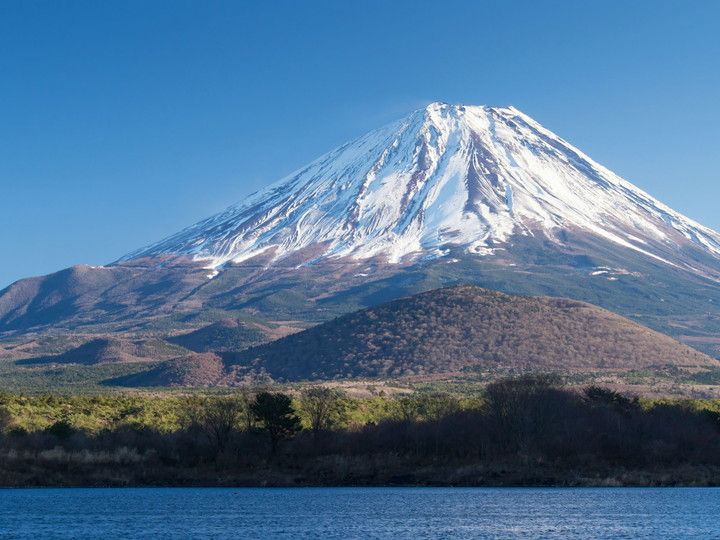
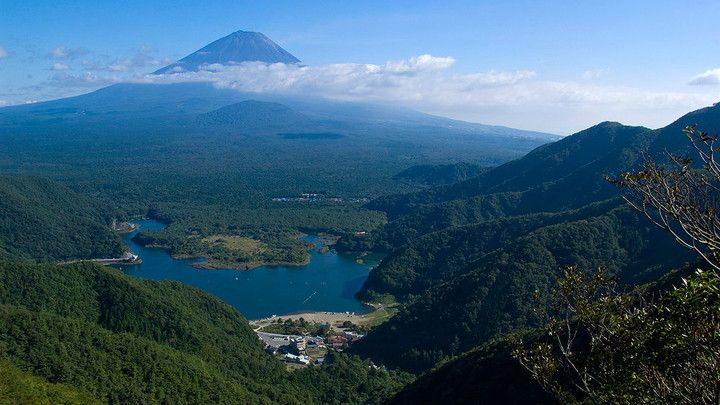
(Source: pixta)
Kodaki Fuji (Child-Holding Fuji)
Looking at Mt. Fuji from Lake Shojiko, it looks as if it is holding Mt. Omuro in front. This is a famous view and is named Kodaki Fuji (child-holding Fuji), for its resemblance to a mother holding a child.
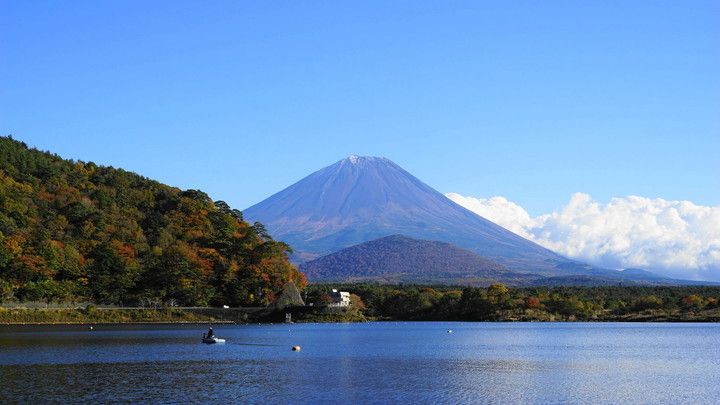
(Source: pixta)
Akafuji (Red Fuji)
The phenomenon when Mt. Fuji turns red in the early mornings from late summer through the beginning of autumn is called Akafuji (red Fuji). Lake Shojiko is especially known for having the best view of this phenomenon. It is said this is because compared to other places, this area doesn't have many lights from residential areas in the surrounding, so that one can see Mt. Fuji turning into a beautiful bright red.
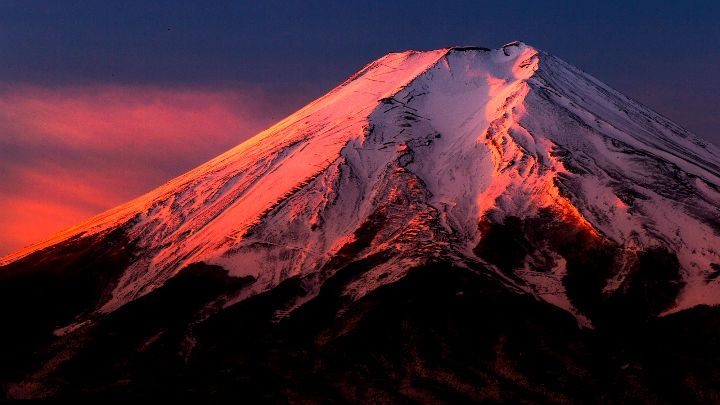
(Source: pixta)
Panorama Deck
The panorama deck is located in between Lake Shojiko and the neighboring Lake Motosuko. Despite its 1,328-meter elevation, it can be climbed easily by anyone and the view from its top is exquisite. From the widely open observation deck, it is possible to overlook not only Mt. Fuji but also Lake Shojiko, Lake Motosuko and the dense vegetation of Aokigahara forest.
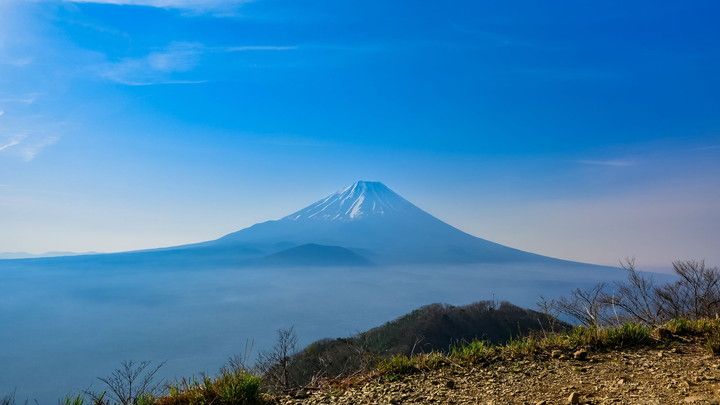
(Source: pixta)

(Source: pixta)
Kodaki Fuji (Child-Holding Fuji)
Looking at Mt. Fuji from Lake Shojiko, it looks as if it is holding Mt. Omuro in front. This is a famous view and is named Kodaki Fuji (child-holding Fuji), for its resemblance to a mother holding a child.

(Source: pixta)
Akafuji (Red Fuji)
The phenomenon when Mt. Fuji turns red in the early mornings from late summer through the beginning of autumn is called Akafuji (red Fuji). Lake Shojiko is especially known for having the best view of this phenomenon. It is said this is because compared to other places, this area doesn't have many lights from residential areas in the surrounding, so that one can see Mt. Fuji turning into a beautiful bright red.

(Source: pixta)
Panorama Deck
The panorama deck is located in between Lake Shojiko and the neighboring Lake Motosuko. Despite its 1,328-meter elevation, it can be climbed easily by anyone and the view from its top is exquisite. From the widely open observation deck, it is possible to overlook not only Mt. Fuji but also Lake Shojiko, Lake Motosuko and the dense vegetation of Aokigahara forest.

(Source: pixta)






